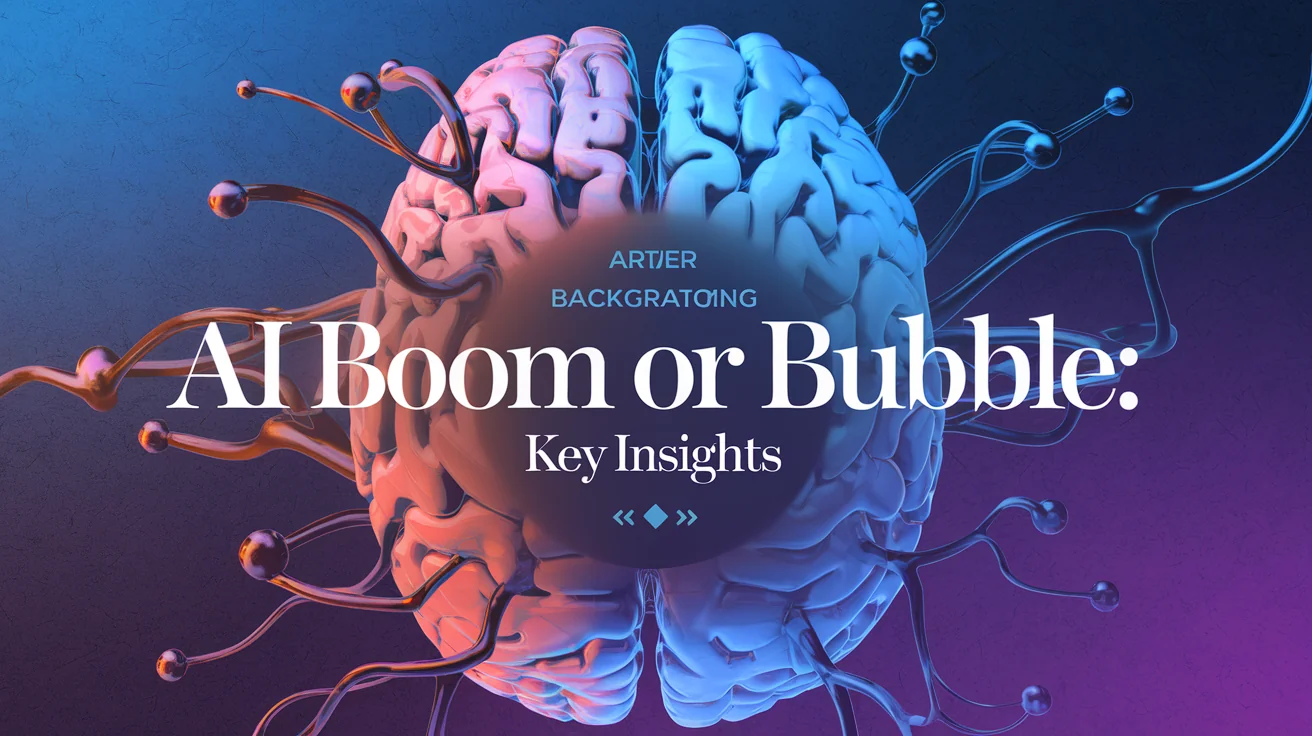AI Boom or Bubble: Key Insights

In late September 2025, significant developments in the AI industry raised critical questions about its future trajectory. Nvidia announced plans to invest up to $100 billion in OpenAI to fuel a new generation of data centers. Concurrently, OpenAI confirmed its commitment to purchasing millions of Nvidia chips for these facilities. This partnership, which follows a similar multi-billion-dollar agreement between OpenAI and AMD, highlights the ongoing trend of substantial investments in innovative technologies.
These financial maneuvers have sparked both celebration and skepticism among investors and analysts. While the deals signal strong confidence in the potential of AI, some observers have drawn parallels between the current landscape and the circular financing arrangements of the late 1990s. During that time, companies frequently engaged in interdependent transactions that inflated their valuations without delivering tangible value. Bloomberg aptly described this intricate financial web as an “increasingly complex and interconnected web of business transactions” that is currently fueling a trillion-dollar AI boom.
As this trend unfolds, it is essential to critically assess whether the current enthusiasm for AI will lead to sustainable growth or if it harbors the risk of collapsing under its own speculative weight. The pivotal question remains: Is the AI sector truly thriving, or are we witnessing the early warning signs of a bubble?